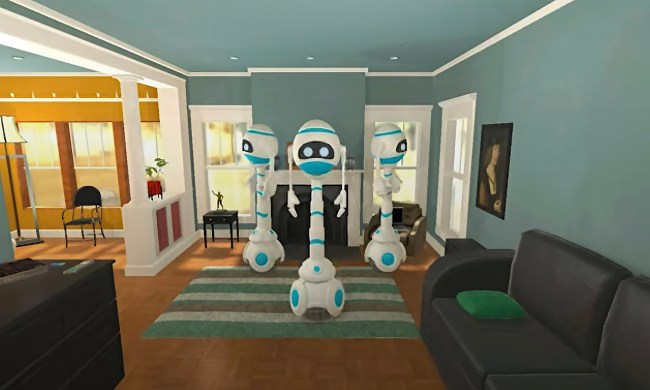With 2018 coming to a close, it’s only natural that our minds start turning to 2019 and all the things that we hope to achieve in it — whether that’s getting fit, picking up a new language, or learning to play a musical instrument which transforms us into the rock star we always knew we should be.
If the last of these three appeals to you the most, you may have a helping hand, courtesy of Ethan David, an Irish physics graduate and electrical engineer with a somewhat warped sense of humor. He has developed a robot that will help you learn to play the guitar better. Unfortunately, it does this by zapping you with a taser whenever the wrong note is played.
“It recognizes what frequency is being played using a microphone and the Fast Fourier Transform in Python,” David told Digital Trends. “That frequency can then be compared to a list of known frequencies for the specific notes in the musical scale. The notes for each song need to be loaded into Python beforehand. Then, as the program runs, it simply listens for the next correct note. If the note is correct, you continue. If the note is incorrect, a signal is sent to the Arduino to trigger the arm and the taser — hence delivering you an electric shock in the hope that it’d teach you to play the correct note next time. [It’s] a bit of good old negative reinforcement.”

David acknowledges that the robot isn’t quite perfect, though. No, not because it actively hurts its owner, but rather because it doesn’t totally possess the knowledge of good guitar-playing form necessary to turn you into the next Eddie Van Halen. That’s because it doesn’t have any understanding of rhythm, a crucial part of music. So long as you play the right note, it will keep you shock-free, regardless of whether you pull these off in a timely manner or stretch a 30-second guitar solo out to several hours. He hopes this will change in a future version, however.
“It shouldn’t be too difficult to create a time variable between each note, full beat, half beat, quarter beat, et cetera,” he said. “Then [you could] use a tempo variable that can be set to control the speed at which the song is played at. You could start slowly and get faster every time you get the sequence correct, and go back down if you play a wrong note.”
It’s definitely an innovative project, although we hope David understands if we opt for a slightly friendlier guitar-teaching tool up front. If that fails to teach us, though, we’ll be sure to keep this one in our back pocket!


